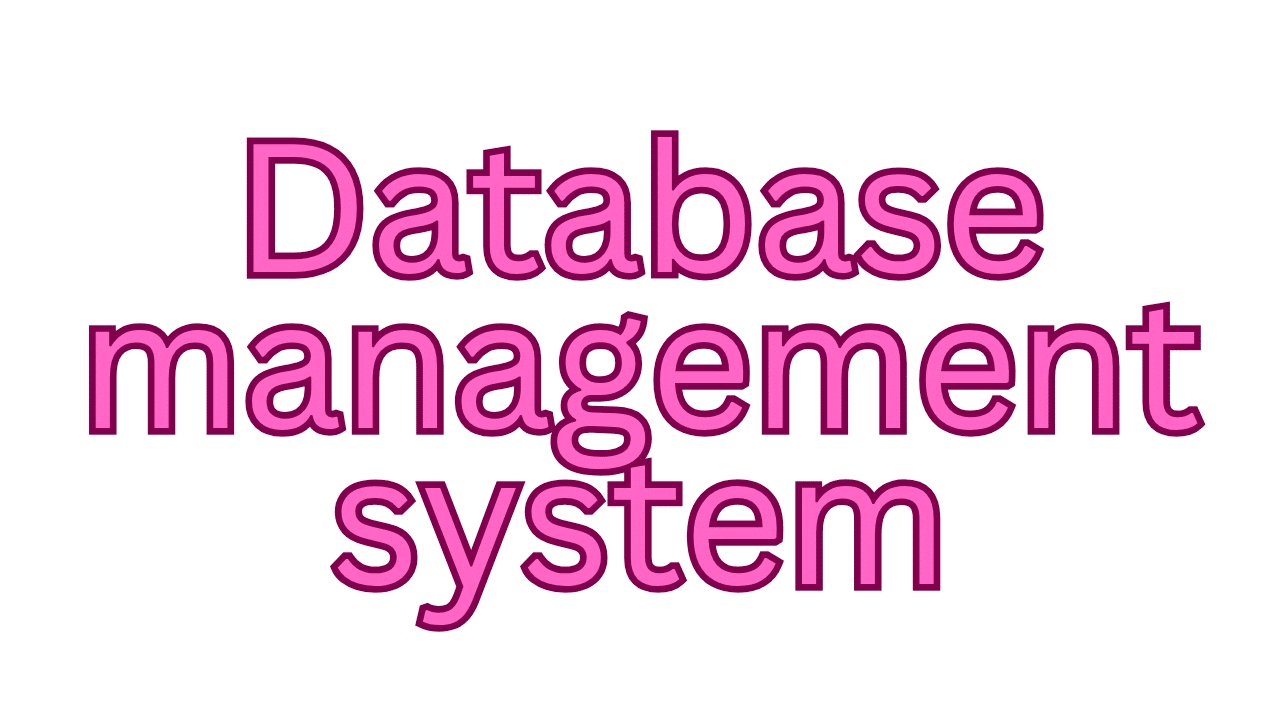Macros with File and Memory Management in Assemble Language In Assembly macros is modular programming , file management concern with data input output standard and memory management convey the allocation of these data uses. Macros use in Assembly Macro is another way...
Part 10: Procedures and Recursion used in Assembly Language
Procedures and Recursion used in Assembly Language: By nature in Assembly there is an inclination towards to be big size of Assembly program. Also there is some way to keep remain in smaller in code size by subroutines or procedures. The article is concerned with...
Part 9: Numbers Strings and Array in Assembly Language
Numbers Strings and Array in Assembly: In Assembly Language the preferable data types consisted on Numbers, Strings and Arrays respectively. The article discuss each of the with the declaration and explanation with code. Numbers in Assembly Numerical data is...
Part 8: Conditions and Loop uses in Assembly Language
Conditions and Loop with code in Assembly Conditional run in assembly language is accompanied by many looping and branching instructions. Firstly we discuss here with conditions in assembly then the loops in Assembly. Conditions in Assembly Conditional execution in...
Part 7: Logical Instructions used in Assembly Language
Assembly Logical Instructions The processor instruction set offers the instructions Boolean logic namely AND, OR, XOR, TEST, and NOT. This is tests, sets, and clears the bits according to the need of the program. The format for these instructions: Instruction Format...
Part 6: Arithmetic Instructions in Assembly Language
Arithmetic Instructions in Assembly Language The INC Instruction The INC instruction is used for incrementing an operand by one. It works on a single operand that can be either in a register or in memory. Syntax The INC instruction has the following syntax INC...
Part 5: Assembly language Constants and Variables
Assembly language Constants There are many directives provided by NASM that define constants. Here, will particularly discuss three directives EQU %assign %define The EQU Directive The EQU directive is used for defining constants. The syntax of the EQU directive is as...
Part 4: Assembly language modes and code practices.
Assembly language program practice In the previous article we have share many basic resources and other compile program with Assembly language. Do and keep practice with assembly helps to gather better knowledge on the language. Example section...
Part 3: Memory segment and assembly language code practices
Memory Arrangement or Memory Segments A segmented memory model splits the system memory into clusters or set of autonomous segments. Each independent segments referenced by pointers located in the segment registers. This is used to contain a specific type of data. One...
Part 2: Assembly language Environment Setup and Run a Program
Environment Setup Assembly language is dependent upon the instruction set and the architecture of the processor. There are many good assembler programs, for example NASM: It is an operating system independent assembler. One of the two widely used Linux assemblers and...
Part 1: Assembly Language with Its system properties
What is Assembly Language? Assembly Language (AL) is one line of code translates to one machine instruction. Every computer has a microprocessor that achieves the computer's arithmetical, logical, and control actions. ALs are NOT machine-independent that is each...
Chapter 4 Relational Algebra
Relational Algebra The part of mathematics in which letters and other general symbols are used to represent numbers and quantities in formula and equations. Ex: (x + y) · z = (x · z) + (y · z). The main application of relational algebra is providing a theoretical...
Chapter 3 Components of the Database System Environment
Components of the Database System Environment There are five major components in the database system environment and their interrelationships are. Hardware Software Data Users Procedures Hardware: The hardware is the actual computer system used for keeping and...
Database basic overview
What is DBMS? A Database Management System (DBMS) is a collection of interrelated data and a set of programs to access those data. Database management systems (DBMS) are computer software applications that interact with the user, other applications, and the database...
Laravel – Scopes (3 Easy Steps)
Scoping is one of the superpowers that eloquent grants to developers when querying a model. Scopes allow developers to add constraints to queries for a given model. In simple terms laravel scope is just a query, a query to make the code shorter and faster. We can...



